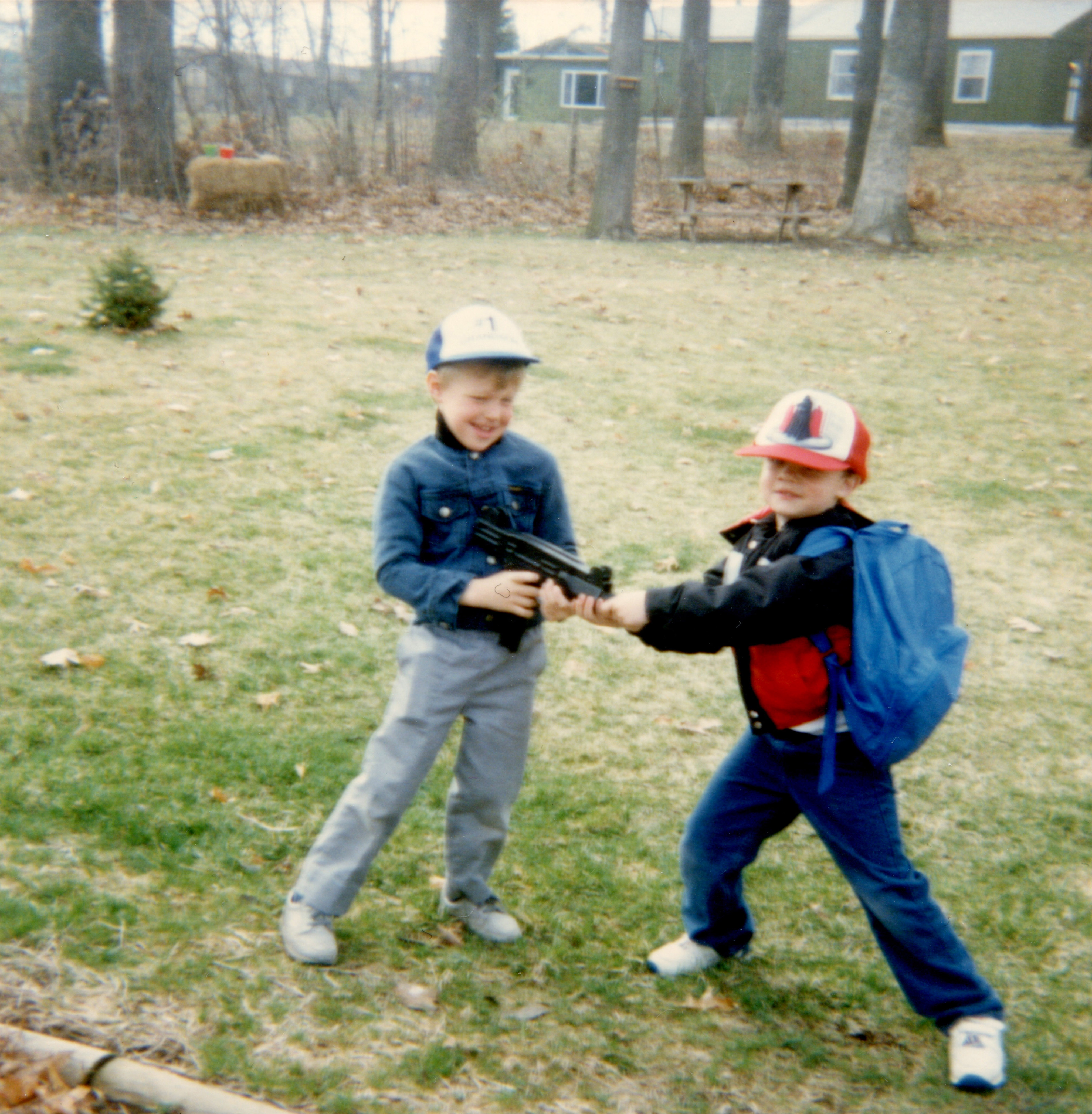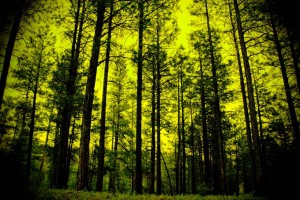We are excited to celebrate Timothy Reilly’s recent publication of his fiction chapbook, Short Story Quartet.
“If I find in myself desires which nothing in this world can satisfy, the only logical explanation is that I was made for another world.” — C.S Lewis
As the title suggests, this fiction chapbook (published by Bottlecap Press) contains just four stories. The tone is set by a flash fiction titled “Tom Corbett and the Cadets of the Academy.” The flash is something of a “junior” quest story: via a 1950s TV space adventure show, and a box top from Kraft caramels. The stories in this miniature collection are certainly diverse, but they are all stories of longing —with skirmishes and hints of reconciliation between physics and metaphysics. The collection ends with a story blending youth and old age: with an unapologetic nod to The Wizard of Oz.
This book has been well received, hailed “A beautifully nostalgic collection” by Fictive Dream literary magazine.
Timothy Reilly has contributed stories to Superstition Review in both Issues 16 and 19. He also wrote two guest posts for s[r]: “Mozartean,” (November 21, 2020) and “How a Former Tuba Player Becomes a Writer of Short Stories” (October 18, 2018).
You can purchase Short Story Quartet from Bottlecap Press here.
Timothy Reilly had been a professional tubist (including a stint with the Teatro Regio of Turin, Italy) until around 1980, when a condition called “Embouchure Dystonia” ended his music career. He gratefully retired from substitute teaching in 2014. Three-times nominated for a Pushcart Prize, he has published in Zone 3, The Main Street Rag, Fictive Dream, Superstition Review, and many other journals. His chapbook, Short Story Quartet, is published by Bottlecap Press Features. He lives in Southern California with his wife, Jo-Anne Cappeluti: a poet and scholar.


